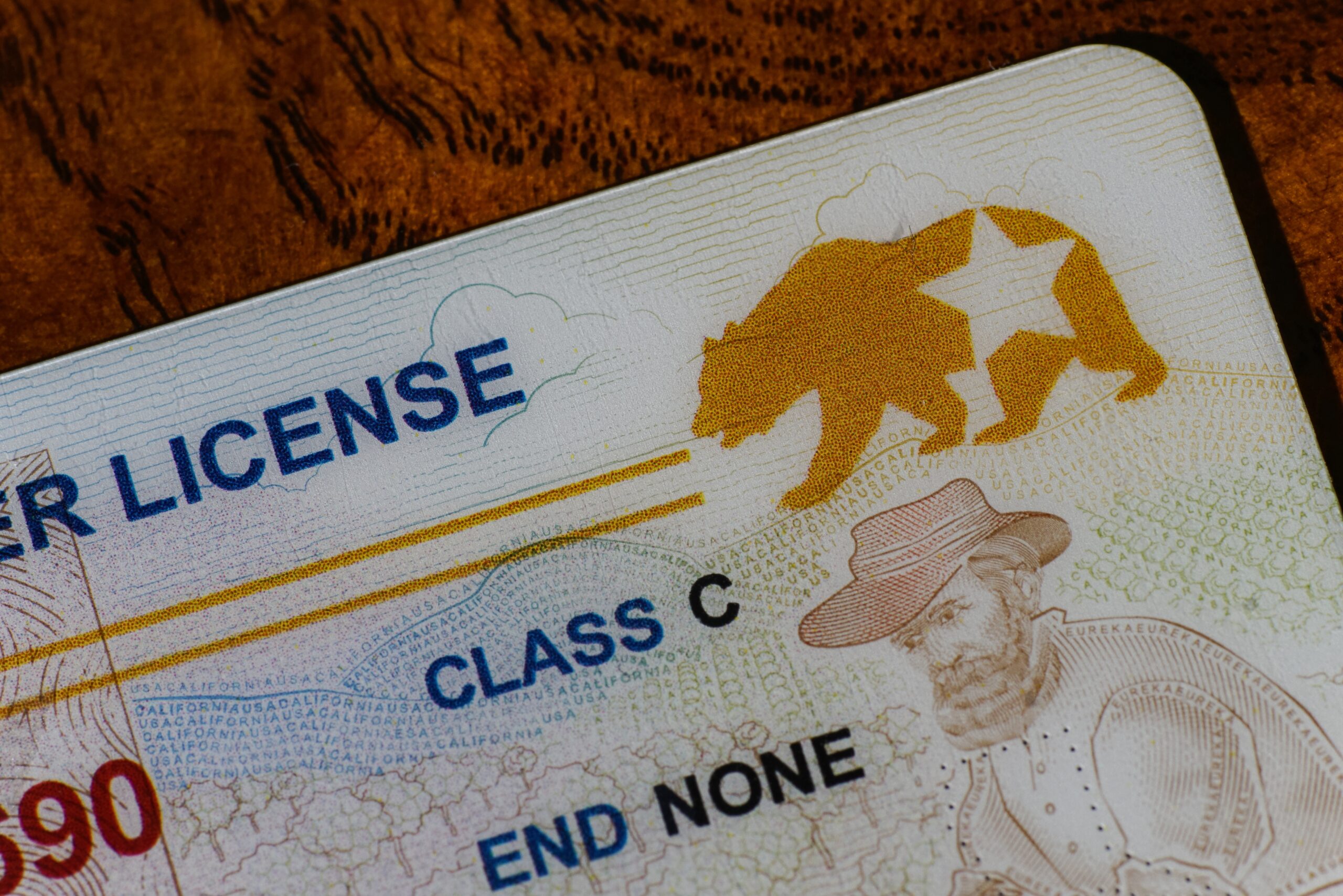On Wednesday, May 7, the TSA and other U.S. agencies will begin requiring REAL ID for domestic flights.
Under the new rules, U.S. citizens, permanent residents, and conditional permanent residents over 18 will need a REAL ID driver’s license (usually marked by a gold or black star) or another TSA-approved ID (like a US passport) at TSA security checkpoints.
2 in 10 travelers are not yet REAL-ID compliant
With the nearly 20-year history of REAL ID plus delayed deadlines, it’s easy to imagine that most Americans are already REAL ID compliant.
In reality, those numbers might be lower than you think. In early April, the TSA reported that 20% of travelers did NOT have a REAL ID or other required identification when passing through airport security checkpoints.
What other identification can a traveler use to fly if they don’t have a REAL ID?
The TSA will accept several alternative forms of identification at airport security instead of REAL ID. Some common options include:
- US passport/passport card
- Foreign government-issued passport
- Enhanced Driver’s Licenses (EDLs) from some states1
- DHS-trusted traveler card
- Permanent residence cards
- Canadian driver’s licenses
A full list of acceptable identification documents (including less common alternatives) at TSA checkpoints can be found here. TSA also currently accepts expired IDs from this list, up to one year after expiration.
What options are available if a traveler can’t get a REAL ID by May 7?
Although many state DMVs are extending their hours to meet demand, some applicants report that DMV appointments are becoming scarce as the REAL ID compliance deadline approaches.
As an alternative, American Automobile Association (AAA) members in some states can apply at certain local AAA branch offices; you must be an AAA member to access these services. AAA members in Connecticut, Massachusetts, Rhode Island, and New York can make an appointment online, while those in California can apply online. AAA members in other states can visit the AAA website for more information.
What happens if a traveler shows up at the airport without a REAL ID or another acceptable ID?
Passengers without a REAL ID or another acceptable alternative (such as a US passport) at TSA security checkpoints can expect:
- Travel delays
- Additional screening
- The possibility of not being permitted through TSA security
TSA officers may ask these travelers to complete an identity verification process, which includes collecting information such as their name and current address to confirm their identity. If their identity is confirmed, they will be allowed to enter the screening checkpoint, where they may be subject to additional screening.
Travelers will not be allowed to enter the security checkpoint if they choose not to provide acceptable identification, decline to cooperate with the identity verification process, or if their identity cannot be confirmed.
Identifying REAL ID licenses
In addition, your travelers may not be aware that their ID is REAL-ID compliant, since some states have already been issuing REAL-ID compliant licenses for many years. Similarly, travelers may be confused about what a REAL-ID compliant license looks like, since it varies by state.
To identify REAL ID-compliant driver’s licenses, look for one of the following markings on the upper portion of the card:

One way to check if an ID card is NOT compliant is if it reads “Not for Federal Identification,” “Federal Limits Apply,” or “Not for REAL ID Act Purposes.”
Do travelers need a REAL ID for any other purposes?
REAL ID-compliant identification will also be required for certain limited situations, such as accessing specific federal facilities such as military bases, federal prisons, federal courthouses, and nuclear power plants. Federal facilities may choose whether to accept other forms of ID, so travelers should verify before they go.
REAL-ID is NOT required to vote or access other federal services. Travelers can also continue to use standard driver’s licenses or ID cards for other U.S. travel, including driving in and across state lines or riding a train.
International flights will still require a passport, and travelers cannot use a REAL ID to enter Canada or Mexico by land.
How to obtain a REAL ID
All states, the District of Columbia, and the 5 territories are REAL ID compliant and issuing REAL ID-compliant driver’s licenses and IDs. DMVs are also altering their opening hours to help accommodate demand.
To obtain a REAL ID, travelers should visit their state’s DMV website to find out exactly what documentation is required to obtain one (use the map on the DHS.gov homepage to access a specific state’s DMV site).
At a minimum, travelers must provide documentation showing:
- Full Legal Name
- Date of Birth
- Social Security Number
- Two Proofs of Address of Principal Residence
- Lawful Status
States may impose additional requirements, so check with the state’s driver’s licensing agency website before visiting them in person for additional guidance and assistance. Applications for REAL IDs will continue to be accepted after the May 7 deadline.
Helpful resources
Looking for more information or have further questions? Consult the following list of helpful resources:
- Acceptable Identification at the TSA Checkpoint (TSA.gov)
- Are You REAL ID Ready? (DHS.gov)
- Enhanced Driver’s Licenses: What Are They? (DHS.gov)
- The REAL ID Act: What It Means, State by State Requirements, and Updates (Upgraded Points)
Get in touch
Contact us at [email protected] to discuss all your travel and event management needs.
Washington, Michigan, Minnesota, New York, and Vermont issue EDLs, which are acceptable alternatives to REAL ID-compliant cards. EDLs can be identified by an image of the U.S. flag and the word Enhanced at the top of the card.




